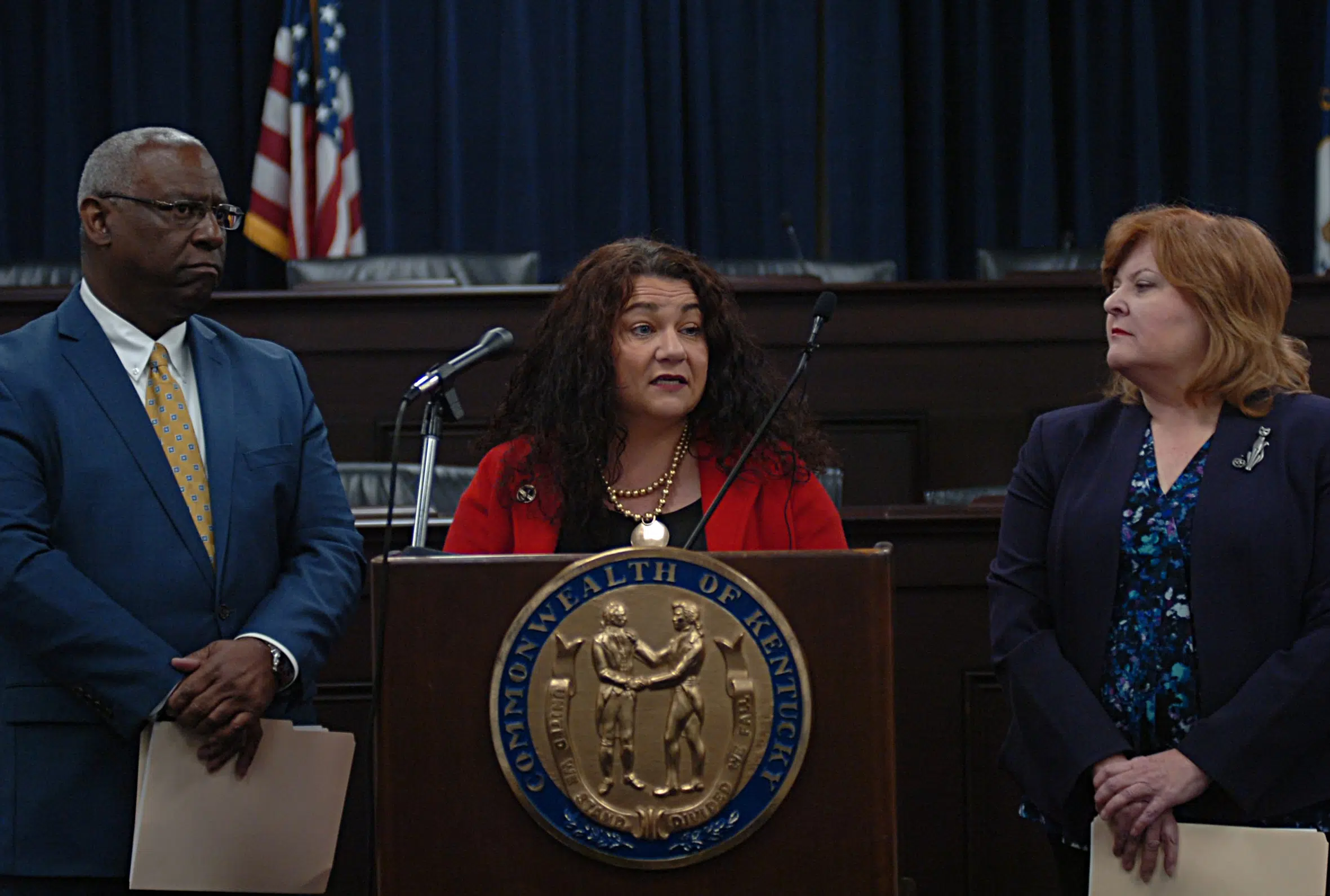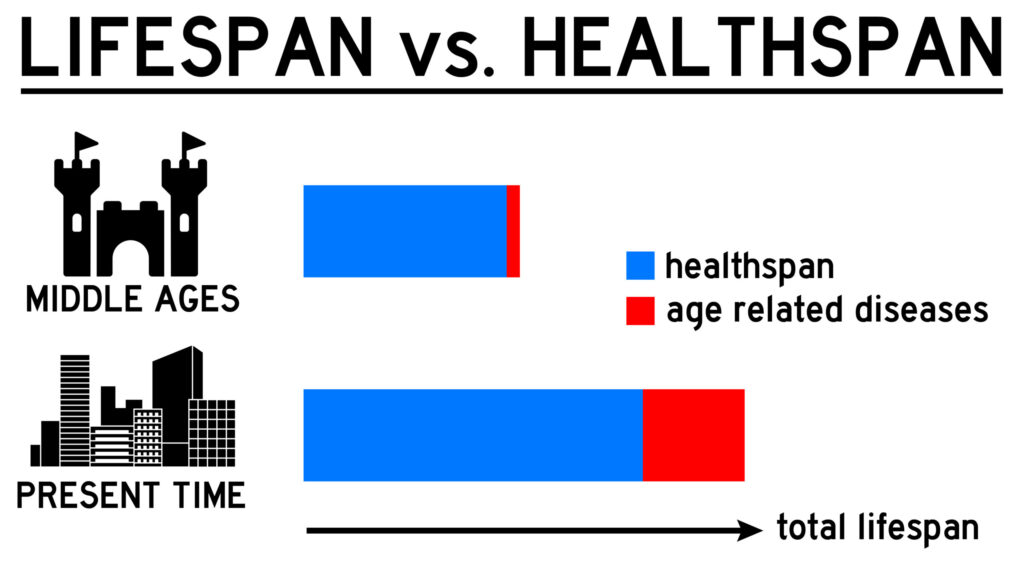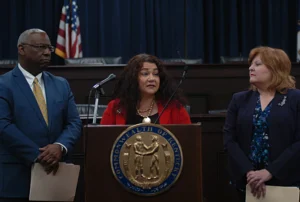A shocking Health new study published in The Lancet reveals an unprecedented widening of life expectancy disparities in the United States, with differences now spanning more than two decades depending on race, ethnicity, and location. This analysis examines the troubling trends and their implications for American healthcare policy.
The Widening Gap
Historical Progression
- 2000: 12.6-year gap (70.5 to 83.1 years)
- 2010: 13.9-year gap
- 2020: 18.9-year gap
- 2021: 20.4-year gap (63.6 to 84 years)
Key Demographics
- Highest Life Expectancy
- Asian Americans (84 years in 2021)
- Consistent leaders throughout study period
- Maintained relative stability
- Lowest Life Expectancy
- American Indian/Alaska Native people in the West (63.6 years)
- Significant decline over study period
- Most severely impacted by disparities
Impact of COVID-19
Pandemic Effects
- Accelerated existing disparities
- Disproportionate impact on marginalized communities
- Substantial drops in life expectancy
- Historic losses in specific populations
Notable Changes
- Black Americans: 3.8-year decline (74.8 to 71.0 years)
- Varied impact based on geographic location
- Compounded existing health inequities
- Revealed systemic healthcare access issues
Geographic and Racial Factors
Regional Variations
- Southern states showing significant disparities
- Urban vs. rural differences
- Income-related geographic patterns
- Access to healthcare considerations
Demographic Patterns
- Racial and ethnic disparities
- Socioeconomic correlations
- Urban segregation effects
- Rural healthcare challenges
Systemic Issues
Contributing Factors
- Unequal resource distribution
- Limited healthcare access
- Educational disparities
- Employment opportunity gaps
- Systemic barriers to care
Economic Impact
- Healthcare cost burden
- Income-related health outcomes
- Insurance coverage disparities
- Resource allocation issues
Call to Action
Policy Recommendations
- Equitable healthcare investment
- Educational opportunity expansion
- Employment access improvement
- Systemic barrier removal
- Healthcare infrastructure development
Implementation Priorities
- Immediate intervention needs
- Long-term strategy development
- Community-based solutions
- Resource redistribution plans
The growing life expectancy gap in the United States represents a critical public crisis requiring immediate attention. As Christopher J.L. Murray notes, these disparities are “truly alarming” for a nation with America’s wealth and resources. Addressing this crisis demands comprehensive policy changes and sustained investment in equitable healthcare access, education, and economic opportunities for all Americans.











